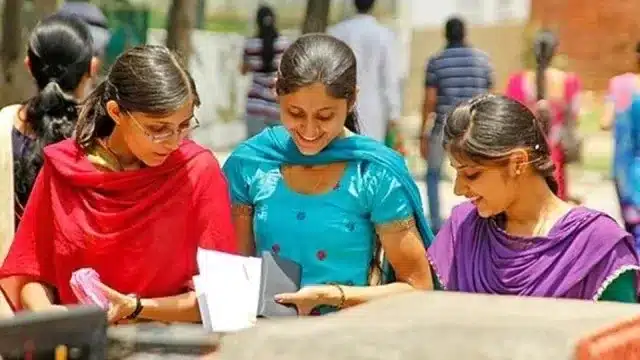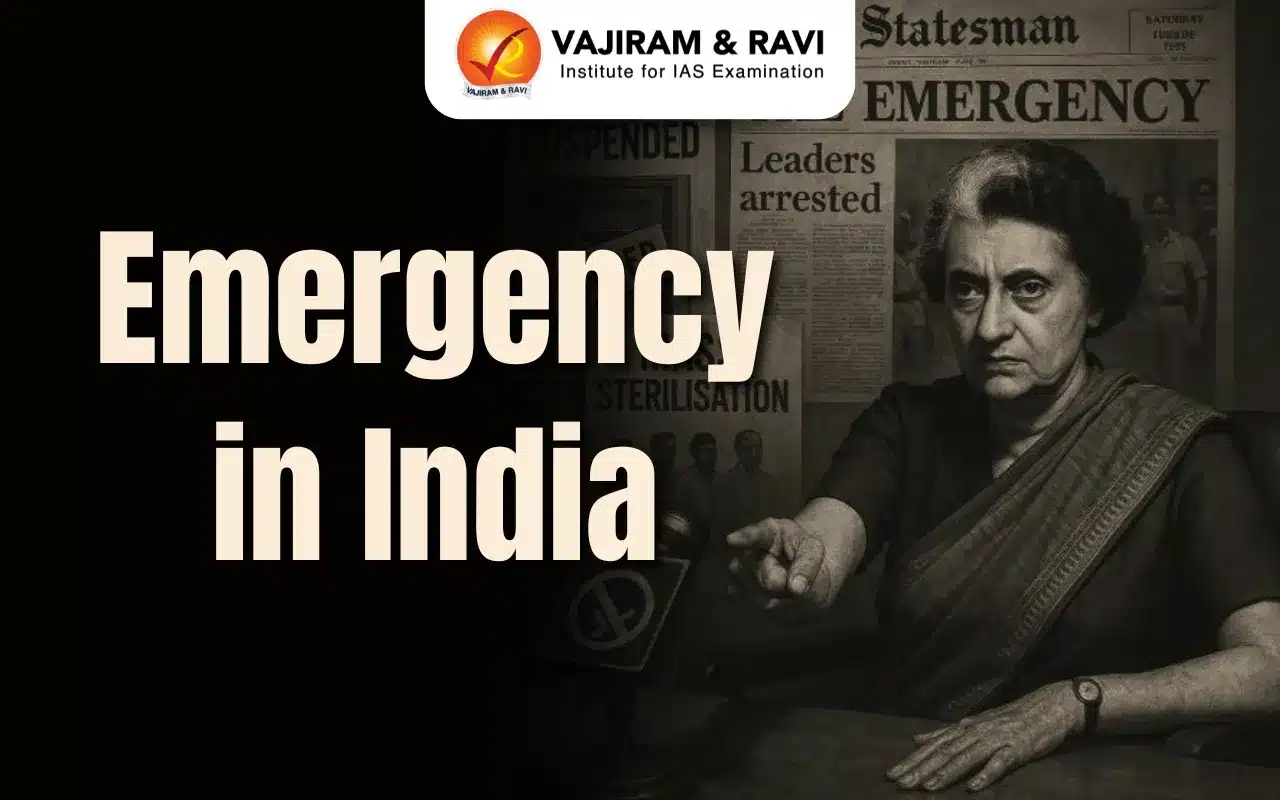What’s in today’s article?
- Why in News?
- Current Statistics on Women’s Labour Force Participation in India
- Global Perspectives on Care Responsibilities and Workforce Participation
- Key Barriers to Women’s Workforce Inclusion and Way Ahead
Why in News?
- The International Labour Organisation (ILO) recently highlighted the challenges of low female labour force participation in India, primarily driven by the overwhelming caregiving responsibilities placed on women.
- The report, titled The Impact of Care Responsibilities on Women’s Labour Participation, emphasises the need for investments in early childhood care and education (ECCE) to promote gender equality in the workforce.
Current Statistics on Women’s Labour Force Participation in India:
- High percentage outside workforce: Over half of India’s women (53%) remain outside the labour force, largely due to unpaid caregiving duties, in stark contrast to only 1.1% of men.
- Unpaid domestic and household work: According to India’s Periodic Labour Force Survey (PLFS) for 2023-24, around 36.7% of females and 19.4% of the workforce are involved in unpaid household work.
- Gender disparities in domestic work: The National Statistical Office (NSO) Time Use Survey 2019 shows that 81% of Indian females aged 6 and above spend over five hours daily on unpaid domestic activities.
- Caregiving time differences: Among those 6 years and older, 26.2% of females spend over two hours daily on caregiving versus 12.4% of males, indicating the disproportionate share borne by women.
Global Perspectives on Care Responsibilities and Workforce Participation:
- Global findings:
- In 2023, 748 million individuals globally were not part of the labour force due to caregiving responsibilities, with 708 million of them being women.
- These numbers underline the consistent gender imbalance in care duties.
- Northern Africa, Arab states, and Asia-Pacific regions report the highest percentages of women outside the labour force due to caregiving, reflecting cultural and structural differences in caregiving expectations worldwide.
- India, alongside countries like Iran, Egypt, and Jordan, has a high percentage of women restricted by caregiving responsibilities.
- In 2023, 748 million individuals globally were not part of the labour force due to caregiving responsibilities, with 708 million of them being women.
- Countries with high female workforce participation: Nations like Belarus, Bulgaria, and Sweden maintain lower proportions of women outside the workforce (less than 10%) by investing in ECCE, roughly 1% of their GDP.
Key Barriers to Women’s Workforce Inclusion and Way Ahead:
- Barriers:
- The ILO report highlights low educational attainment, limited job opportunities, and inadequate infrastructure as critical factors keeping women out of the workforce.
- Cultural norms around caregiving heavily restrict women’s labour market access, especially in rural areas, reinforcing existing gender inequalities.
- Way ahead:
- To address the high percentage of women outside India’s workforce due to care responsibilities, substantial investments in the care economy – especially in ECCE – are essential.
- Such initiatives cannot only foster gender equality but also unlock economic potential by enabling more women to enter and thrive in the workforce.
Q.1. Why does the National Education Policy (NEP) 2020 place significant emphasis on Early Childhood Care and Education (ECCE)?
The NEP 2020 recognises that over 85% of a child’s brain development occurs in the first six years of life. With this understanding, the NEP 2020 places significant emphasis on ECCE as a foundational pillar for a child’s holistic development.
Q.2. What is ILO?
The International Labour Organisation (ILO) is a United Nations (UN) agency whose mandate is to advance social and economic justice by setting international labour standards. Founded in 1919 under the League of Nations, it is one of the first and oldest specialised agencies of the UN.
Last updated on June, 2025
→ UPSC Notification 2025 was released on 22nd January 2025.
→ UPSC Prelims Result 2025 is out now for the CSE held on 25 May 2025.
→ UPSC Prelims Question Paper 2025 and Unofficial Prelims Answer Key 2025 are available now.
→ UPSC Calendar 2026 is released on 15th May, 2025.
→ The UPSC Vacancy 2025 were released 1129, out of which 979 were for UPSC CSE and remaining 150 are for UPSC IFoS.
→ UPSC Mains 2025 will be conducted on 22nd August 2025.
→ UPSC Prelims 2026 will be conducted on 24th May, 2026 & UPSC Mains 2026 will be conducted on 21st August 2026.
→ The UPSC Selection Process is of 3 stages-Prelims, Mains and Interview.
→ UPSC Result 2024 is released with latest UPSC Marksheet 2024. Check Now!
→ UPSC Toppers List 2024 is released now. Shakti Dubey is UPSC AIR 1 2024 Topper.
→ Also check Best IAS Coaching in Delhi












